Fabric can be defined as any planar substance constructed from solutions, fibers, yarns in combination. But textile fabric can be defined as a slightly different way.
Textile Fabric
The textile fabric is that fabric which can be produced directly from webs or fibers by bonding, fusing or interlocking for making no-woven fabrics and felt also. But manufacturing of fabric from yarn is the most common method for a wide range of versatile use.
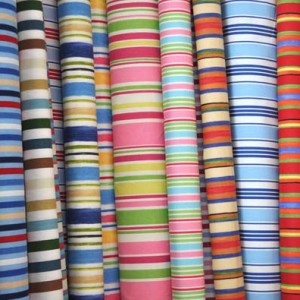
What is the Classification of fabric
Here I am going to classified fabric according to the manufacturing process of fabric from yarn. Basically, there are the main mechanical methods to manufacture fabric from yarn. They are
- Interweaving
- Interloping
- Intertwining and twisting
Interweaving
Interweaving is processed in which there is an intersection or interlace of two sets of straight threads. Here one set of yarn is called warp yarn which lay in lengthwise of fabric and another set of yarn is called weft yarn which laid as picks or filling in crosswise of fabric.
It is the most common method of producing a fabric. This process has been used in the ancient period to produce a fabric. In interweaving process, we can get straight-edge fabric continuous length contained.
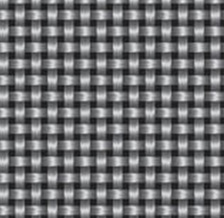
Interloping
Interloping consists of forming yarn into loops, each of which is typically only released after a succeeding loop has been formed. There has been intermeshed with the loop so that a secure ground loop structure is achieved. The loops are also held together by the yarn passing from one to the next. Knitting is the most common method of interloping. Knitting is the second most used for producing fabric from yarn.
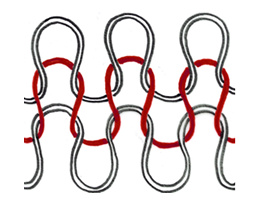
Intertwining and Twisting
There are various types of techniques of intertwining and twisting such as braiding, knotting, etc. In intertwining the yarn or threads are caused to intertwine in the right angle or in any other angles. These techniques tend to produce special construction whose uses are limited for special using purpose.
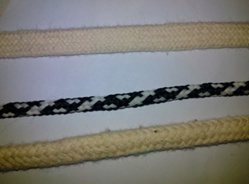
Another method is to manipulate directly fiber into textile fabrics is a so-called non-woven process. It is a new branch of the textile industry. But this branch is expanding in great number for its high production rates with lower cost.
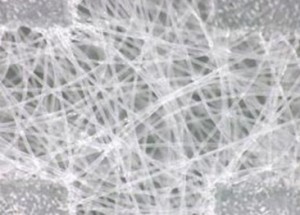
So, here it is clear that including new branch non-woven process there are four types of fabrics. They are:
- Woven Fabric (by interweaving method)
- Knitted fabric (by interloping method)
- Braided fabric (by intertwining/twisting method)
- Non woven fabric (by a non-woven process)


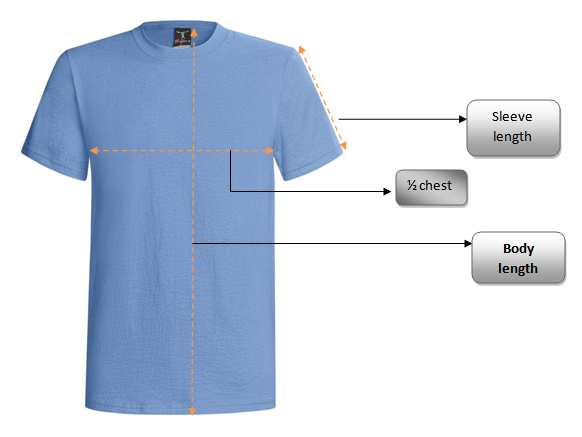
Excellent context, its helps me to get clear about the braiding and braided fabric